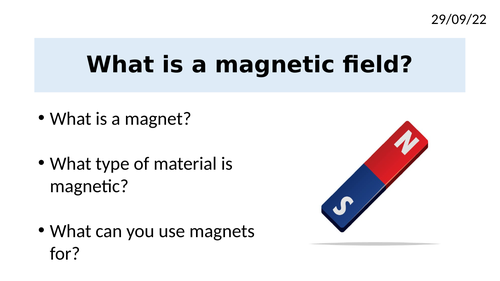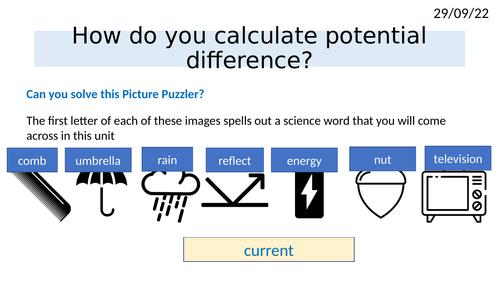Icon Learning
Lead Practitioner of Dual Coding in Science. Lessons are designed to help engage pupils learning through developing vocabularies and building on memory retrieval practice. Resources have had positive impact on pupil progress within the school these resources have been implemented in. I can guarantee that these resources will make a huge impact on your students too.







